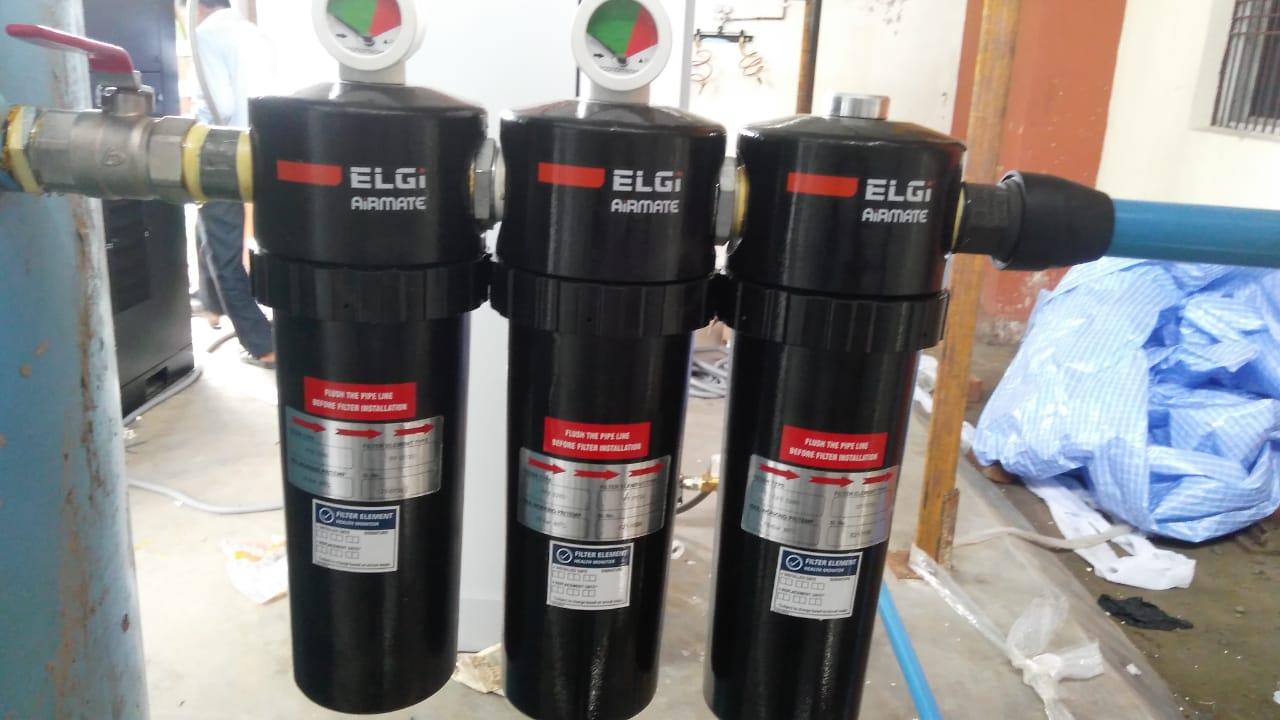A self-contained, electrically driven medical device that uses PSA technology to Generator oxygen from ambient air. It Used to give oxygen to patients at the bedside or in close proximity. With the use of a flowmeter stand to split output flow, a single Generator may serve multiple beds. It is delivered directly to the patient through tubing or a flowmeter stand.
Power Consumption:- 5 LPM- 280 - 350 W per Generator
>5LPM - 400 - 600 W per Generator
- A constant supply of oxygen at a low operating cost
- Requires a constant power source
- The output flow can be divided among several patients.
- Low pressure output, which makes it ineffective for CPAP or ventilators.
- Requires regular upkeep
There Are Two Types Of Oxygen Generators In General:
Stationary:- The majority of stationary oxygen Generator weigh less than 27 kg and incorporate wheels for easy mobility. They're self-contained oxygen generators that deliver a steady stream of oxygen at up to 10 litres per minute (LPM). The built-in flowmeter or extra accessories may give very low flows, as low as 0.1 LPM. Most Generator suitable for hospitals can deliver at least 5 LPM, run on alternating current energy, and consume between 280 and 600 watts (W), depending on the model (Refer below table). To match the voltage and frequency of the local grid power, manufacturers commonly offer separate models for 110 - 120 VAC (typically 60 Hz) and 220 - 240 VAC (typically 50 Hz).
Portable:- Individual patients use portable oxygen Generators, which have a smaller output capacity (3 LPM or fewer), require less power (about 40 - 130 W), and are employed as ambulatory oxygen systems. They might have batteries that can run on direct current (DC)7.
Does An Oxygen Generator Work On Electricity?
Oxygen Generators are medical equipment that help persons whose blood oxygen levels are low. They are powered by a battery or by connecting the device into an electrical socket. If you're using a battery, you'll need to charge it by plugging it into an outlet. Most Generator include an adaptor that allows you to operate the device while driving.
An oxygen Generator takes in air, filters it, and then distributes the resulting oxygen. The air is composed of 80% nitrogen and 20% oxygen before it enters the Generator. When the air is sent via an oxygen Generator, it is converted to 90 to 95 percent pure oxygen and 5 to 10% nitrogen. Because getting that percentage of oxygen without the use of medical equipment is challenging, the nitrogen is separated to give the patient the greatest dose of oxygen feasible.
Can Portable Oxygen Generators Be Used 24*7?

A portable oxygen Generator is a device that can work with or without an electrical outlet. A rechargeable battery can provide power to a portable gadget. Other portable devices will require an electric outlet to operate; however, some may be able to operate using the energy generated by your car.
A portable oxygen Generator is essentially a gadget that Generator oxygen from the air and delivers nitrogen-free oxygen to you. This oxygen is provided to you via a tube that can be connected to your nasal tube or face mask.
You can easily adjust the oxygen volume based on your pulse oximeter findings or your doctor's recommendations.
Portable oxygen Generator have been made lighter and smaller to make them easier to transport. They provide the user with movement.
Portable oxygen Generator provide high-quality oxygen to users on the go!


